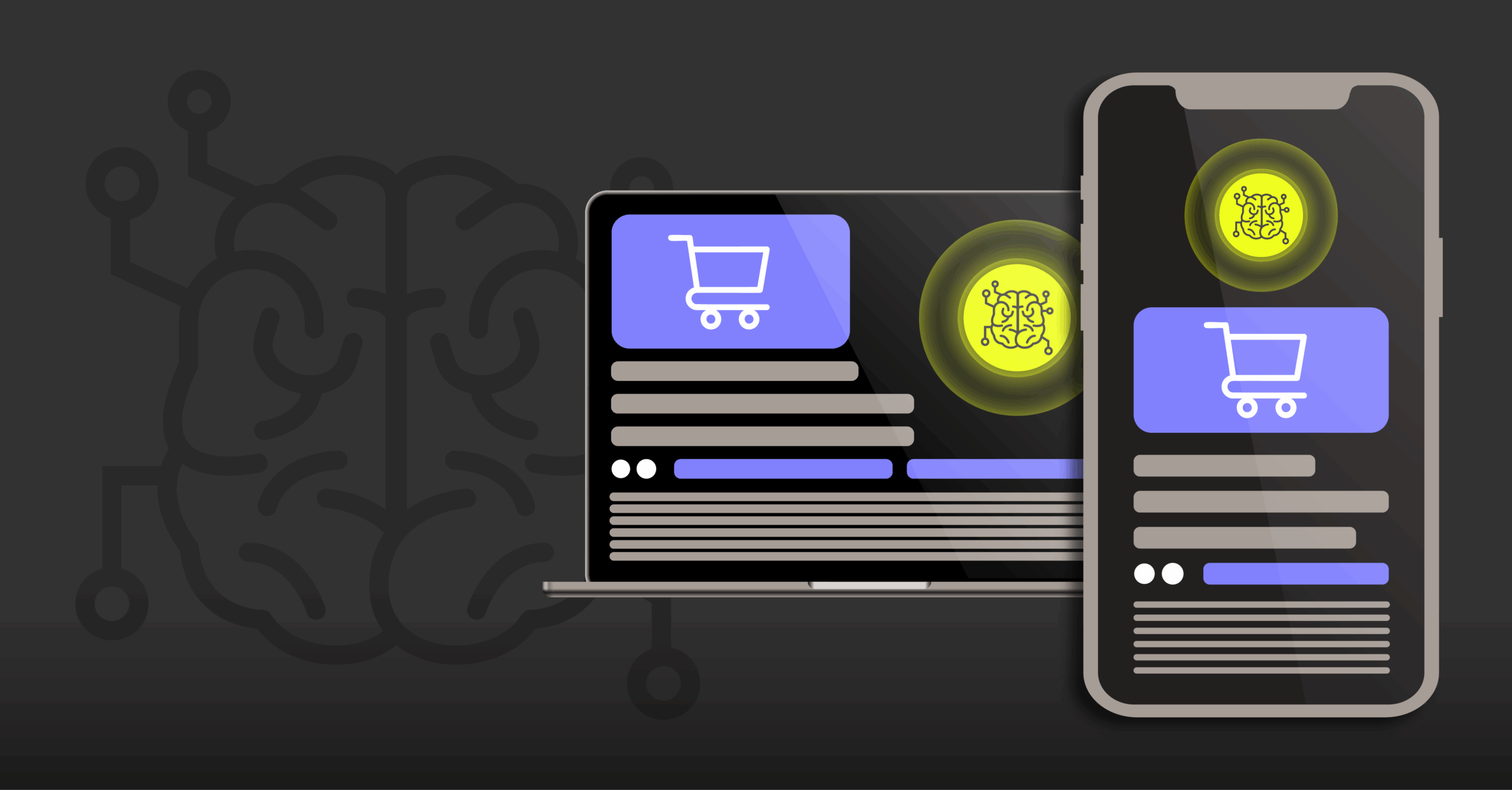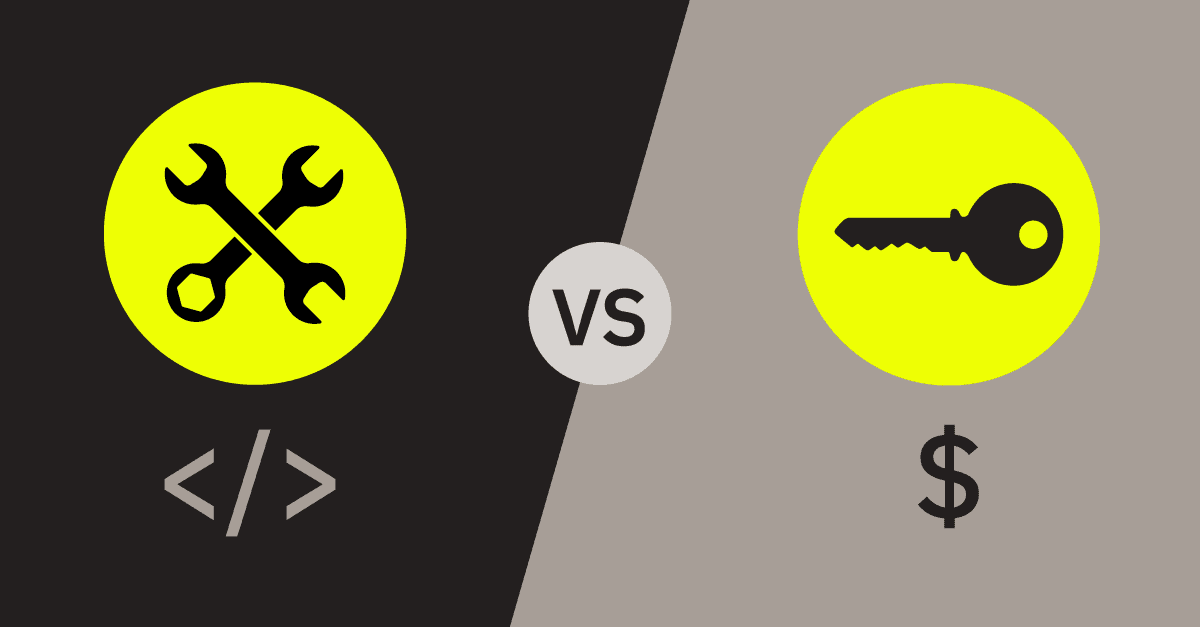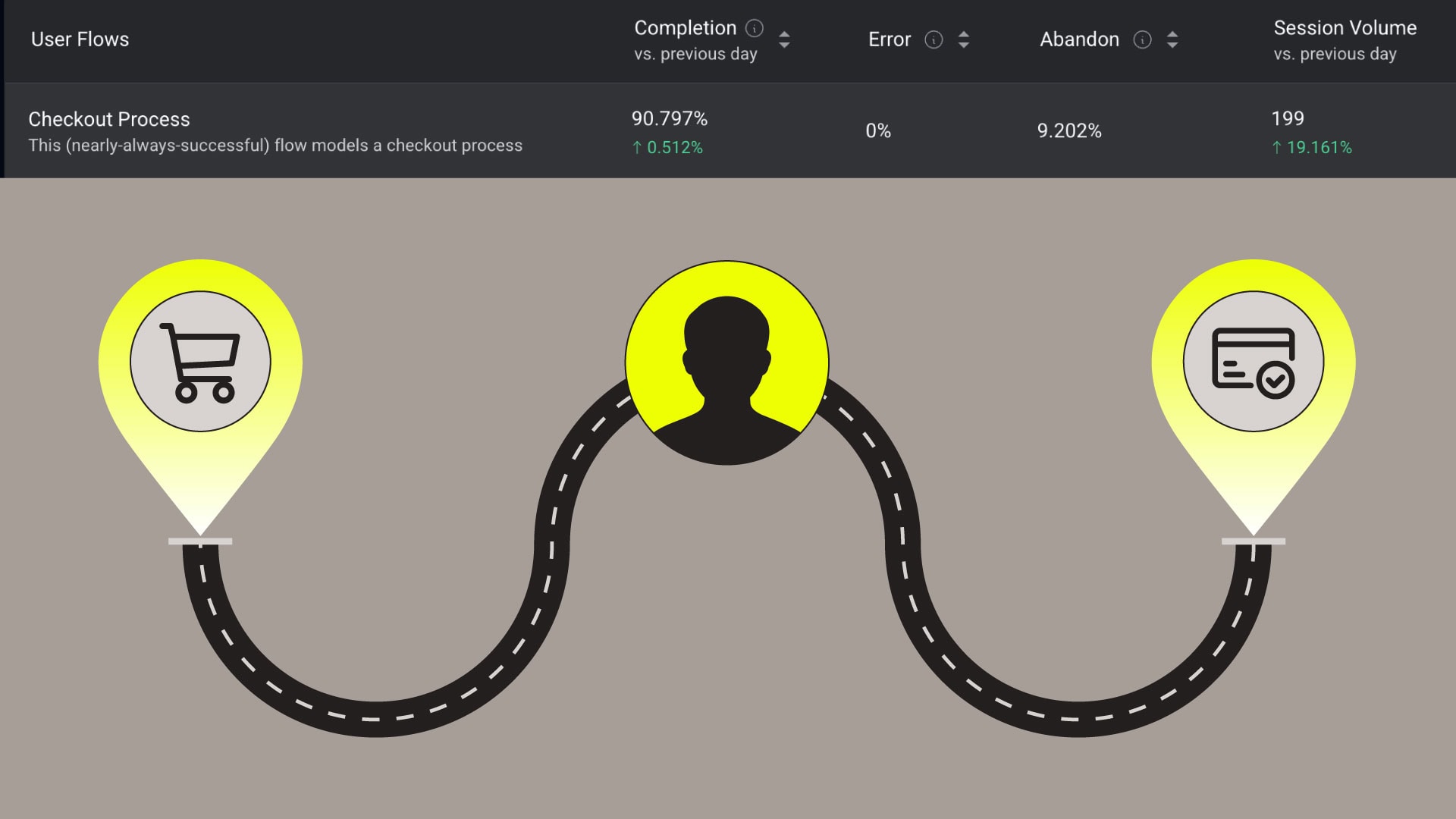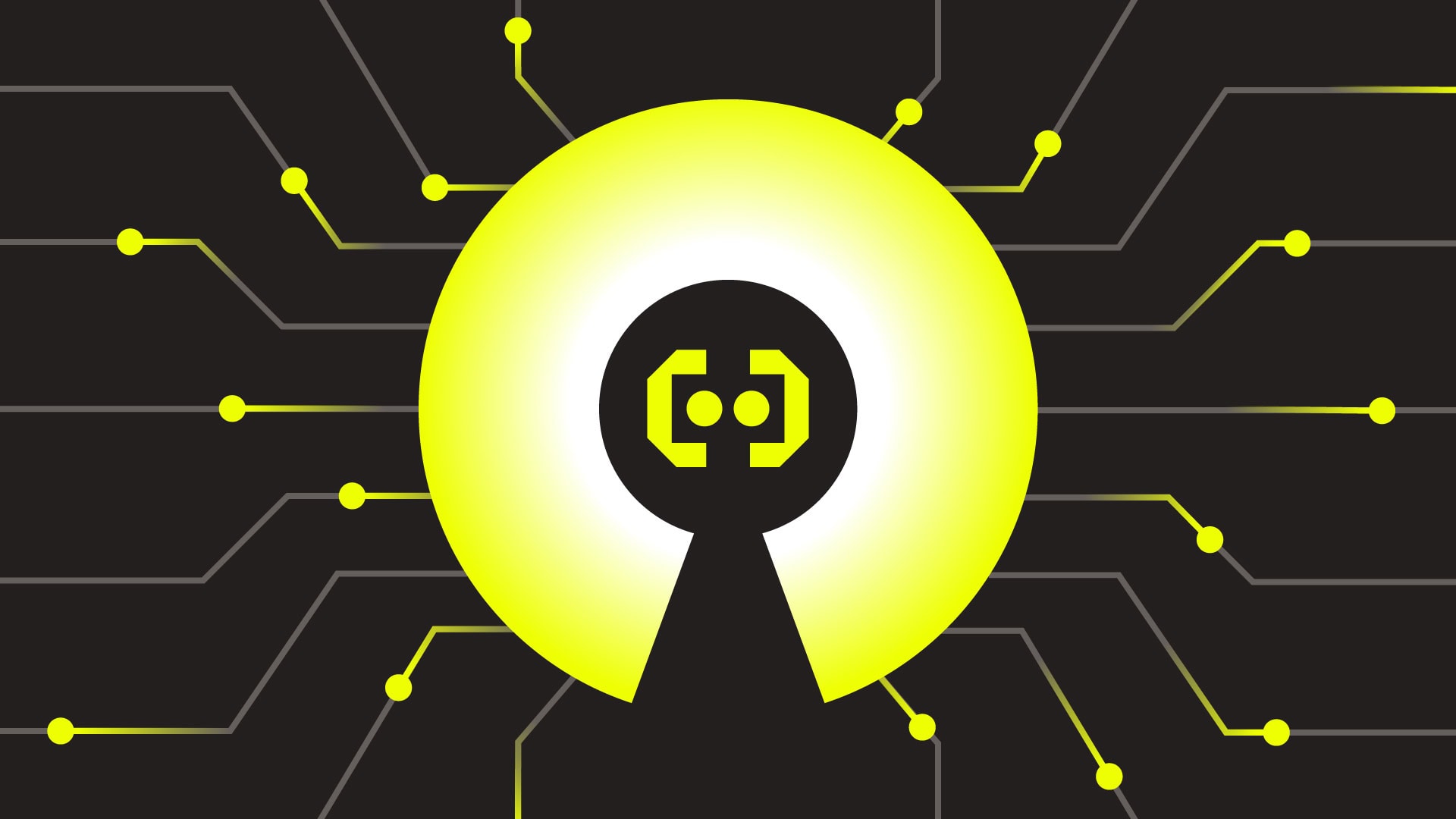
In today’s digital landscape, mobile applications are often the primary touchpoint between businesses and their customers. While traditional backend observability has matured significantly over the years, mobile observability presents unique challenges that can catch observability teams by surprise, especially when applying familiar server-side patterns to mobile environments.



